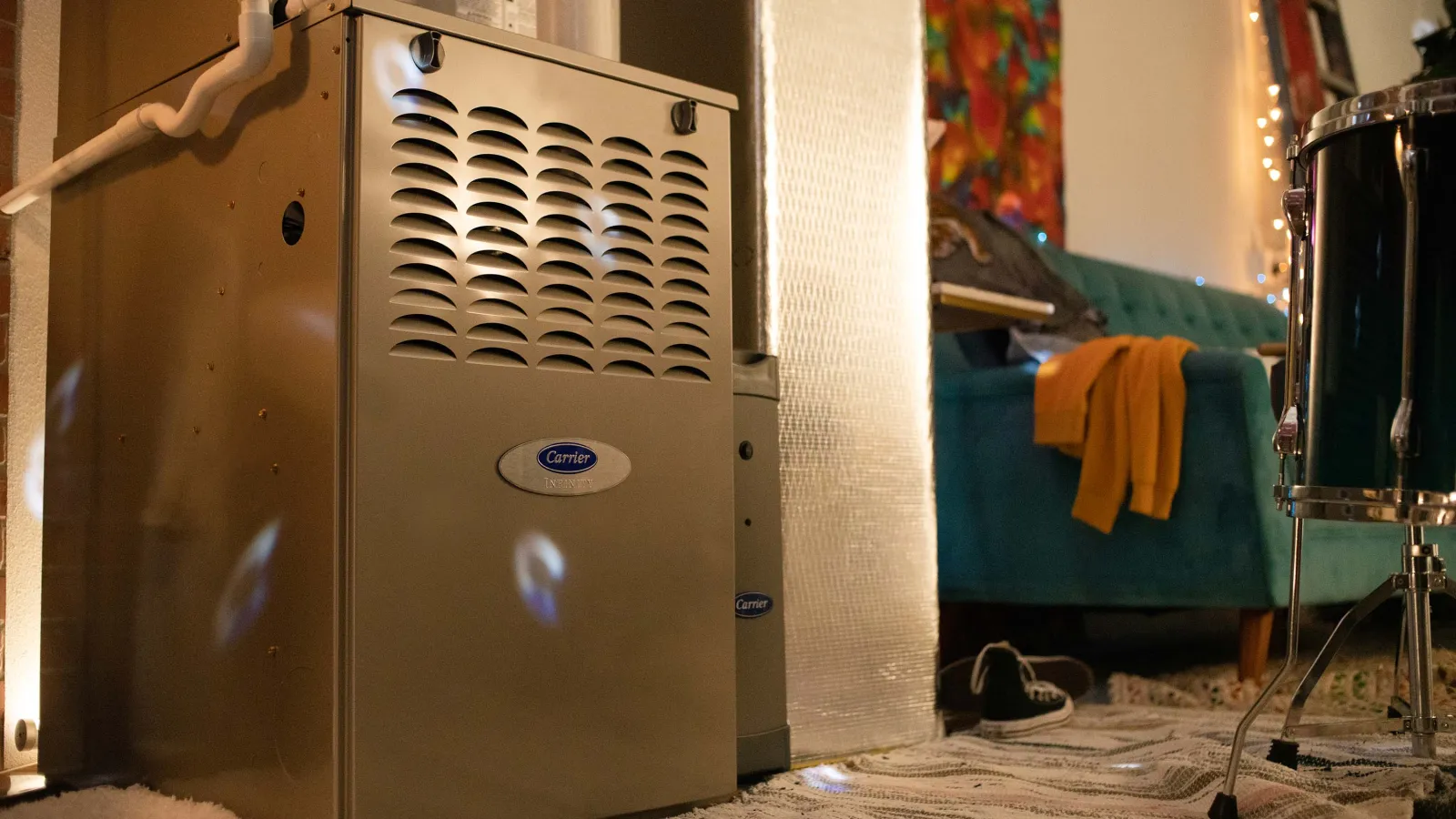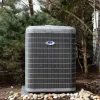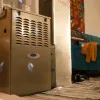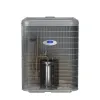Attic insulation has a major impact on in-home comfort, not to mention your utility bills. But you need to have enough of it, and it’s got to be installed correctly.
Here in Atlanta, customers often ask us, “How much insulation do I need in my attic?” While there’s a numerical value we can give them – R-38 is the target level for our climate zone – there’s a lot more to insulation than just stacking fiberglass or cellulose.
Let’s take a closer look at how much insulation you need in your attic. We’ll also cover critical installation techniques as well as other steps you’ll need to take in order to get the most from your insulation.
Note that this article is about blown-in fiberglass or cellulose insulation. Spray foam is a whole other topic, which we’ve written about here and here.
Here’s how much blown-in attic insulation you need
R-38 is the target insulation value for attics in our climate zone. At higher latitudes, you may want more, but R-38 is ideal for Atlanta. After that, it’s all diminishing returns.
So, you’ve noted the R-value. Is that all there is to know? Hardly.
The thing about insulation is that it needs to be installed properly or you won’t get the full benefit. When we say you need R-38, that means you need R-38 across the entire top plate. Even small areas with missing or inadequate insulation can wreck the overall R-value of your attic’s insulation and increase your energy bills.
Batt insulation is hard to install properly. You have to cut it to fit perfectly within all of the gaps and holes between ceiling joists in your attic. It’s a lot of work; unsurprisingly, most contractors don’t do a great job with it.
For this reason, we like blown-in insulation. By blowing in the product evenly across your attic, you can feel confident that every area is properly insulated.
Considerations for blown-in insulation
Keep these factors in mind when considering blown-in insulation for your attic:
- You can blow insulation on top of existing batts. It’s ok to do this as long as you know your attic is basically clean. For example, if you had a problem with rodents, you wouldn’t want to blow insulation on top of anything gross they left behind in your attic. You should remove any soiled insulation before blowing in new insulation.
- Fiberglass on top of cellulose is fine; cellulose on top of fiberglass is not. Cellulose insulation is heavier than fiberglass insulation. If you install cellulose on top of fiberglass, it will press down on the fiberglass and cause it to lose its loft, reducing the overall performance of your insulation.
- R-38 is roughly three inches of insulation. Anything higher or deeper will just cost more money without providing much benefit.
- If possible, install baffles at the eaves. Baffles allow your attic to get proper airflow by preventing insulation from clogging the soffits.
- Do you need attic storage? If so, install 2x8s above the joists to raise the floor. After we blow in the insulation, you can easily install a floor above the insulated area.
- Rebates: There might be some! Check with your energy provider for savings opportunities for upgrading your insulation. PV is an approved contractor for Georgia Power’s energy improvement programs. Older homes have no insulation or inadequate insulation may qualify.
Air sealing matters just as much as insulating
Before you insulate or re-insulate, you need to air seal your attic.
Most contractors and builders don’t bother with this crucial step, and many homeowners don’t realize how important it is. But air sealing makes a huge difference in comfort and energy consumption in your home.
What is air sealing, you ask? It’s the act of blocking gaps, cracks, and holes between your home’s living space and unconditioned spaces so that no air can move between them. These gaps and cracks are usually found around plumbing, electrical, and HVAC penetrations (the places that pipes, wires, and ducts cross from your living area to your attic or crawlspace). Sealing them off keeps hot, humid air out in summer and cold, dry air out in winter.
Air sealing is separate from insulation. Fiberglass and cellulose block heat, but they don’t block air. Even if you’ve insulated your attic to R-38, air from your attic can still enter your home and vice versa. This type of air exchange impacts comfort, efficiency, and indoor air quality – and not in a good way!
Whether you’re blowing insulation on top of existing batts or getting all-new insulation for your attic, be sure your contractor air seals every single area where wires, pipes, ducts, or anything else passes through your ceiling and into your attic. If needed, they can lift up the batts and air seal beneath them. Typically, contractors will use canned closed-cell spray foam for attic air sealing.
It’s not just how much insulation you have in your attic…
It’s also how well it was installed and whether you air sealed first! R-38 is the target attic insulation value for our region, but be aware of all the factors that impact insulation performance.
If you have more questions about insulation value or are interested in re-insulating your attic, get in touch with PV! Tell us what’s going on with your attic, and we’ll let you know whether it makes sense to add insulation. Just call (404) 994-2229 today or fill out the form below!






